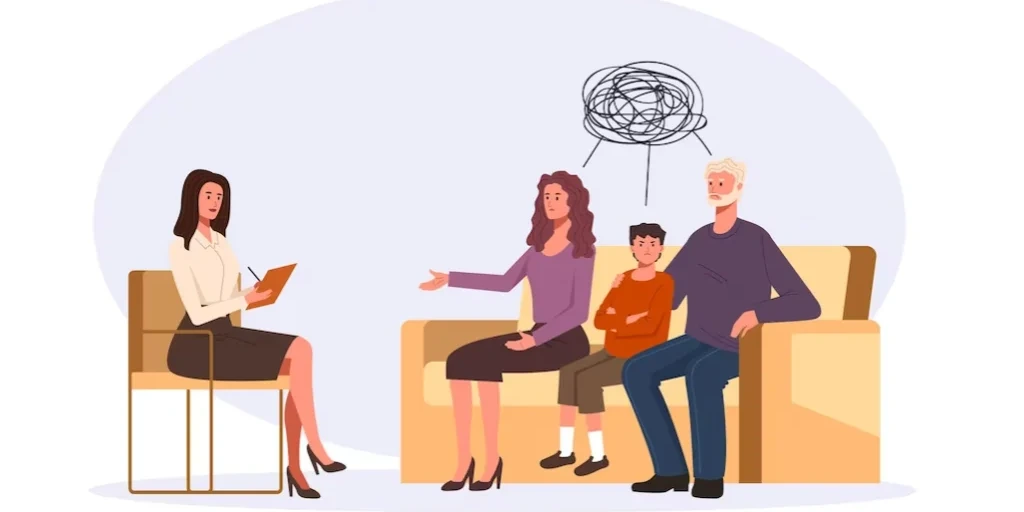24/7 Helpline:
(866) 899-221924/7 Helpline:
(866) 899-2219
Learn more about Opioid Rehab centers in Woodland
Opioid Rehab in Other Cities
Other Categories in Woodland

Other Insurance Options

BlueShield

Molina Healthcare

Absolute Total Care

GEHA

UnitedHealth Group

American Behavioral

WellCare Health Plans

PHCS Network

Access to Recovery (ATR) Voucher

Cigna

BHS | Behavioral Health Systems

Covered California

Lucent

MHNNet Behavioral Health

Ceridian

Health Choice

Optima

Ambetter

Aetna

Highmark




















